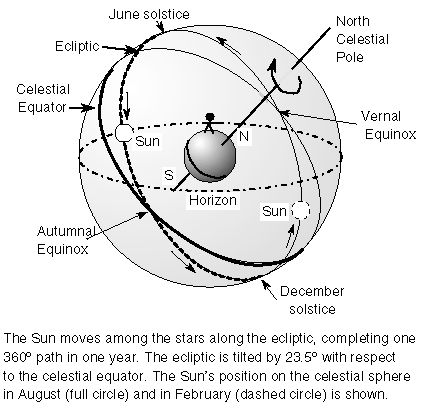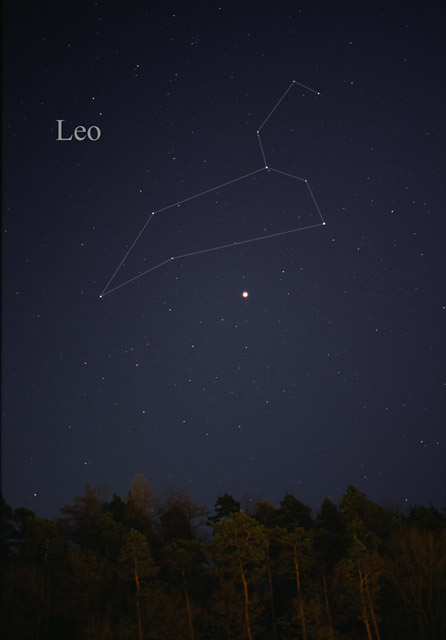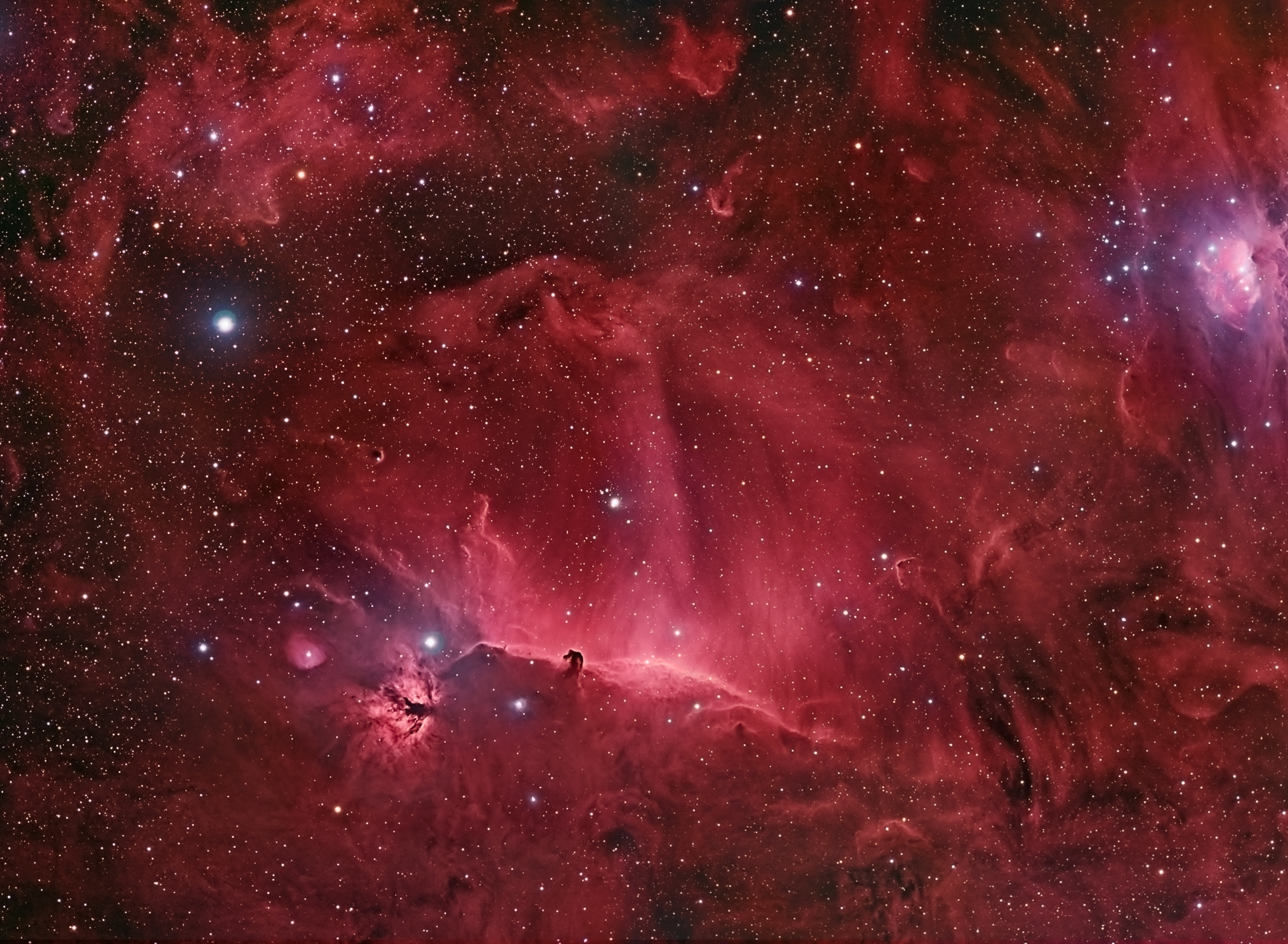 |
| The Constellation Virgo |
Virgo occupies an interesting space in the sky, the First Point of Libra, a place where the Ecliptic (path of the planets and Moon) crosses the Celestial Equator (dividing line between the northern and southern hemispheres in the heavens). The Sun's arrival at the First Point of Libra marks the first day of Autumn in the northern hemisphere (Autumnal Equinox). The reason why this spot is called the First Point of Libra is that thousands of years ago the intersection of the Ecliptic and Celestial Equator was in the constellation Libra, but the effects of precession have moved that point from Libra to Virgo, and in 400 years that will move into the next zodiac constellation, Leo.
From city limits you can certainly find Spica, Porrima and for the next few months, brilliant orange Mars in Virgo. With binoculars you can gaze into the heart of the Virgo Cluster and although you won't see The Big Picture with 1000s of galaxies, you will certainly see a richness of stars and know that you are seeing light that is at the center of our own supercluster of galaxies that define our corner of the universe.
Images courtesy of Wikimedia Commons













